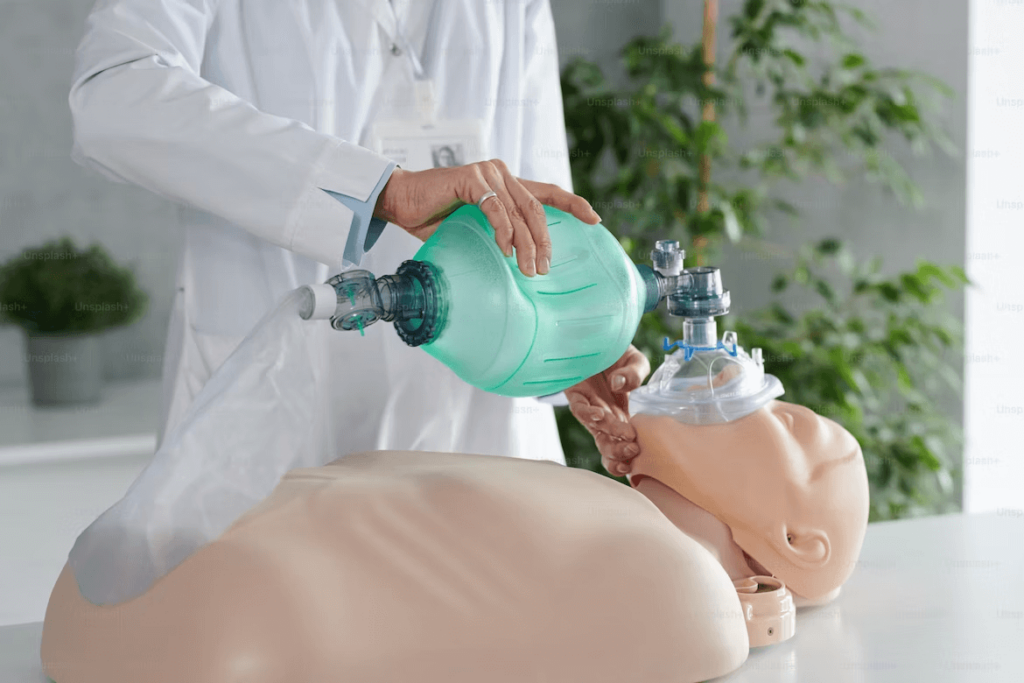
Technology is altering industries, some more than others. As the world continues to evolve, hospitals are witnessing a surge in patient numbers. To meet the high daily demand, nurses on the front line use innovative tools to ease their workload. Of course, technological advances have their advantages and disadvantages. Nonetheless, emerging tech like digital records promotes data accessibility. Likewise, connective teaching improves personalized learning. But not everyone is optimistic about its rewards. While it is true that tech can transform the medical landscape, at what cost? Our article will explore the use of technology in nursing education and its benefits.
Table of Contents
The Role of Technology in Nursing Education
Nurses relied on clinical rotations, lectures, or textbooks. But with technology, the profession has evolved to include tools that simplify learning. So much so that it has become an integral part of the curriculum.
Various researches have explored the role of tech in improving healthcare functions. Apart from external meta-analysis, nursing students write capstone projects. The articles summarize all the skills they’ve gained while studying for a degree. But like all comprehensive tasks, it takes a lot of effort. It requires you to study the topic well, provide adequate information, and analyze it. If you don’t have enough time, ask someone for nursing capstone project help. Reputable writing experts offer professional assistance with Capstone Nursing Project Ideas and help students avoid common mistakes. For example, choosing the wrong topic. Undergraduates use it to avoid stress and manage their schedules with ease.
Technology plays various roles in nursing. The most popular ones are:
Simulated Environment
Simulations allow nurses to simulate scenarios they might witness in clinical practices. Hence, they practice decision-making skills, knowing the manikins won’t stay dead. Simulations help students practice in a controlled environment. It further reduces errors and improves patient safety. Likewise, instructors provide immediate feedback. Furthermore, high-fidelity mannequins resemble real patients. They mimic various psychological responses like blood pressure and heart rate. Hence, they allow university students to practice complex clinical scenarios. In addition, immersive virtual reality sims provide life-life interactions.
Online Education and Technology
Virtual education allows nurses to learn at their own pace, from anywhere. They access course materials, interactive tools, and quizzes. This function comes in handy for working nurses pursuing further education. Besides, it improves collaboration between college students and instructors. They pursue interests and exchange ideas from different locations. Mobile tech provides instant access to drug references, medical textbooks, and diagnoses. Nurses access guide apps on their mobile phones or tablets. With this, they can coordinate themselves better to improve patient communication.
Electronic Health Records
Medical centers use EHR systems to manage patient information. It controls patient information such as test results, medications, or treatment plans. Incorporating EHRs into learning helps students practice to develop vital skills. Tools like real-time location systems track equipment, staff, and patients within the hospital. In education, it teaches undergraduates workflow management. They learn to improve interdisciplinary collaboration and manage medical resources well.
Telehealth Services
Telehealth allows medical organizations to provide remote healthcare services. It involves delivering medical, health, and educational services via digital platforms. With growing usage, students must understand its principles. Integrating it into education teaches virtual patient consultations and remote monitoring devices. Most importantly, undergraduates develop skills for providing patient-centered care.
Advantages and Disadvantages of Using Technology in Nursing
Technology makes nursing duties more manageable. But despite its advantages, it has its drawbacks. Check out the benefits and side effects of using tech in nursing education below:
Advantages
- Improved Accessibility.
- Efficient record-keeping.
- Realistic simulations.
- Enhance the learning experience.
- Reduce errors.
- Increases communication.
- Promotes telehealth.
Disadvantages
- Limited human interaction.
- Privacy and security concerns.
- Threat to nursing positions.
- Technical difficulties
The Role of Technology in Nursing Education
Integrating technology into nursing education has the potential to enhance the learning experience. Most importantly, it improves patient outcomes. Undergraduates use it to learn about what they will use in their future careers. In turn, it promotes their ability to provide quality patient care. Educators must keep up with advances to prepare students for the changing landscape. Bear in mind that there are potential disadvantages. The common ones include the potential for dehumanization and data security issues. Hence, we must acknowledge the problems to address them. Healthcare organizations can maximize technology with appropriate measures while mitigating potential drawbacks.

